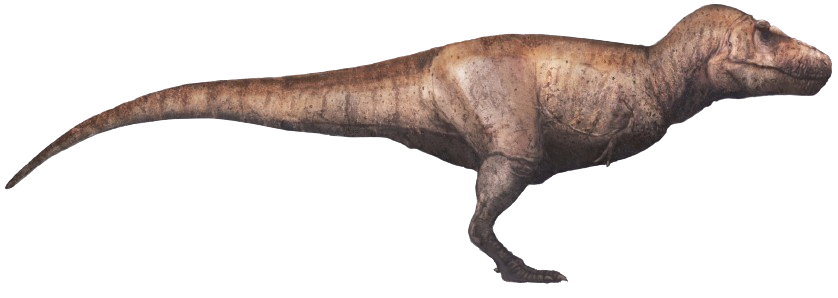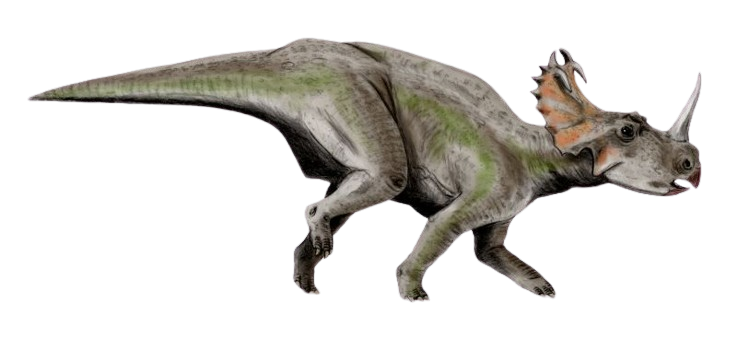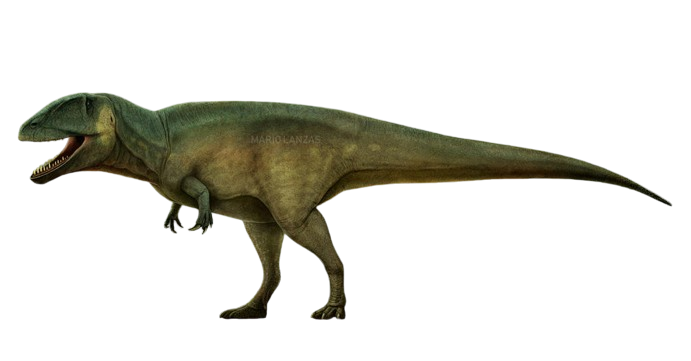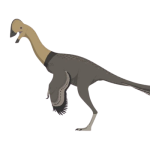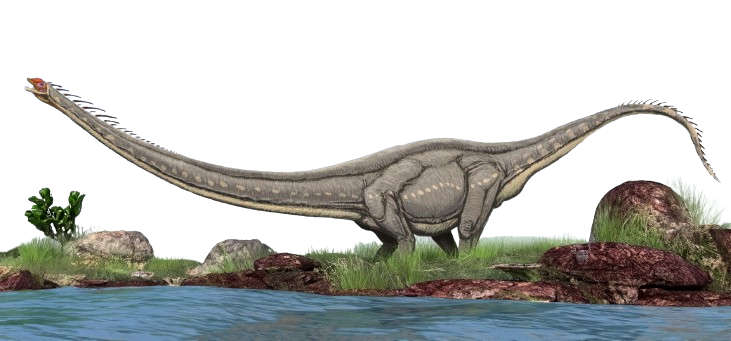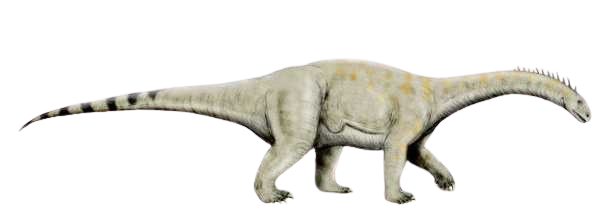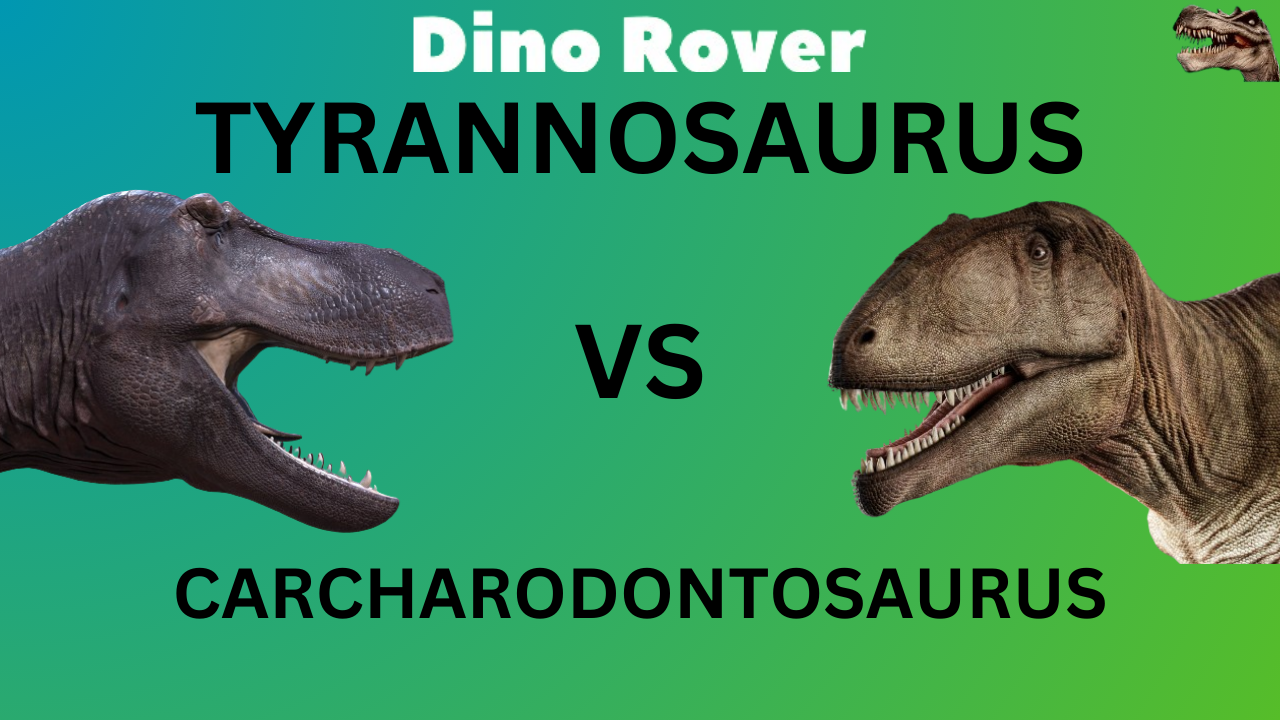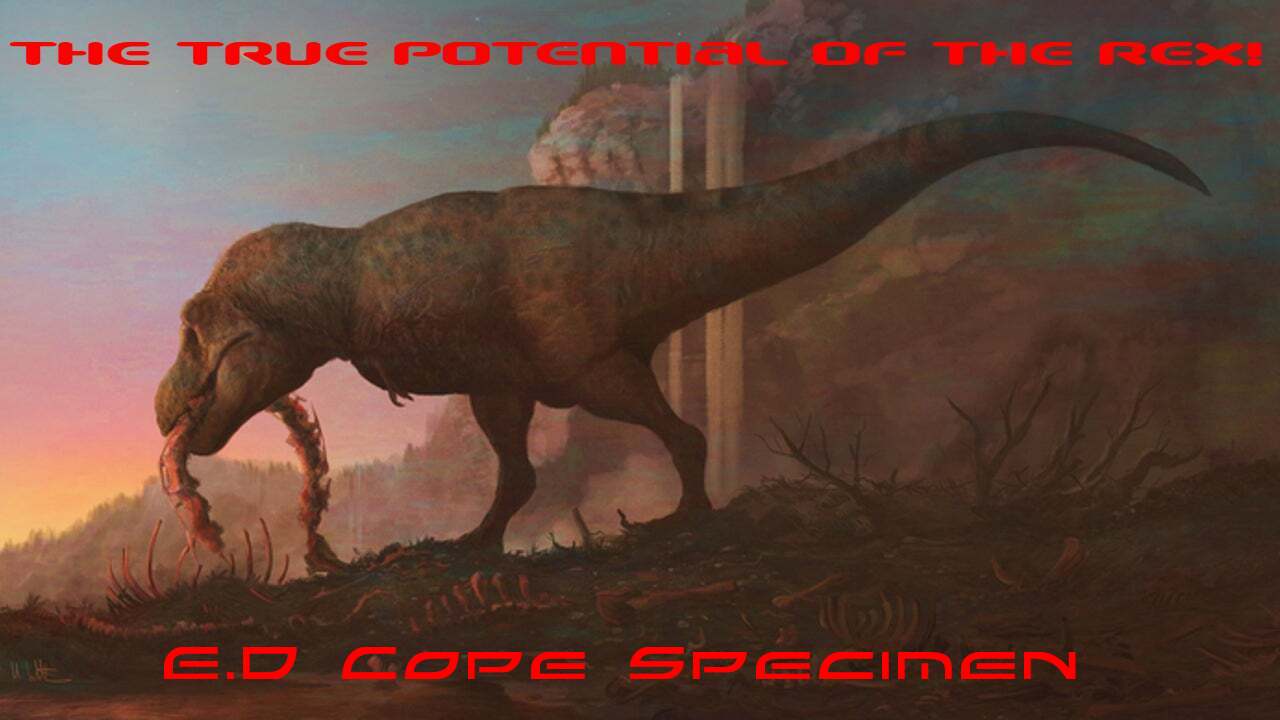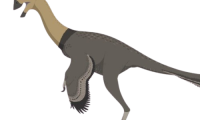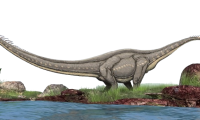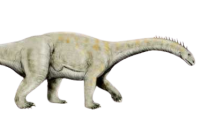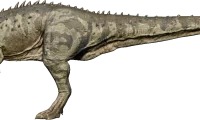The Tyrannosaurus Rex, a majestic and awe-inspiring predator, once dominated the ancient landscapes of North America during the late Cretaceous period, approximately 68 to 66 million years ago. When we describe the T-Rex as big, it is an understatement. With a weight of around 11000kg, it rivaled the heft of two modern-day african elephants combined. The colossal nature of this dinosaur meant that it occupied the apex of the food chain, preying on other large contemporaneous dinosaurs such as Edmontosaurus, Anatosaurus, and Triceratops.
This carnivorous giant possessed not only an enormous appetite but also an arsenal of fearsome weaponry. Its jaws were equipped with an astounding bite force of 12000 pounds per square inch (PSI), a force unparalleled in the history of land-dwelling predators. To put this in perspective, a modern-day crocodile boasts a comparatively modest bite force of 3700 PSI. The T-Rex’s jaws housed an impressive set of 60 teeth, each one measuring up to 20cm (8 inches) in length. These teeth were not merely for display; they were bone-crushing tools designed for efficient predation.
Despite its reputation as a ferocious hunter, the T-Rex, much like the complex ecosystems it inhabited, displayed nuances in its behavior. At times, it exhibited what could be considered “mean” behavior by interfering with the hunts of other predatory dinosaurs. This might have been a manifestation of the intense competition for resources and dominance within its ecosystem. The T-Rex was more than just a ruthless carnivore; it was a dynamic and adaptable creature.
The fossil record of the T-Rex is primarily concentrated in regions that are now part of Canada and the USA. Unearthing these fossils has been instrumental in reconstructing the fascinating history of this colossal predator. While popular culture, as exemplified in the 1993 movie Jurassic Park, depicted the T-Rex with a kangaroo-like stance, recent scientific studies have reshaped our understanding. Rather than a static posture, the T-Rex is now believed to have had a dynamic, athletic stance, underscoring its prowess as the mightiest land predator ever known. In the vast expanse of prehistoric landscapes, the T-Rex, with its unparalleled bite force and sheer strength, rightfully earned the title of the apex predator of its time.


